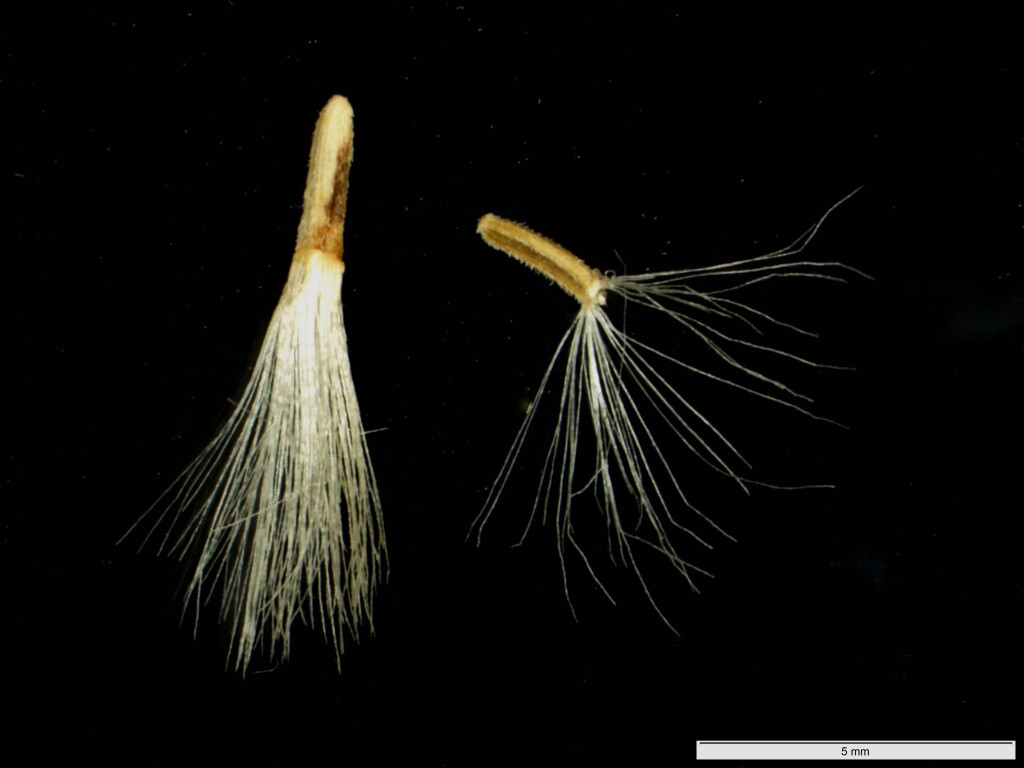Senecio cunninghamii var. cunninghamii
Erect or spreading shrub to 1.2 m high, glabrous (young growth sometimes minutely cobwebbed), usually somewhat glaucous. Leaves sessile, often shortly auriculate, narrow-lanceolate or linear, 3–15 cm long, 2–4(–7) mm wide, entire or obscurely toothed; margin usually revolute. Inflorescence corymbose, typically 2–8 cm across, with c. 6–30 capitula; capitula non-radiate; involucre cylindric, 4–6.5 mm long, glabrous; bracts 7 or 8; bracteoles present; florets 8–12, all bisexual. Cypselas cylindric or narrow-fusiform, 2–3 mm long, brown, broadly ribbed, papillose-hairy in intervening grooves; pappus of slender hairs c. 5 mm long, deciduous. Flowers Oct.–Apr.
LoM, MuM, Wim, GleP, VVP, VRiv, MSB, RobP, MuF, GipP, OtP, Gold, CVU, DunT, NIS. Also WA, NSW. Grows in heavy sometimes winter-wet soils as well as dry rocky soils, commonly on embankments or escarpments.
Walsh, N.G. (1999). Senecio. In: Walsh, N.G.; Entwisle, T.J., Flora of Victoria Vol. 4, Cornaceae to Asteraceae, pp. 941–965. Inkata Press, Melbourne.
 Spinning
Spinning


